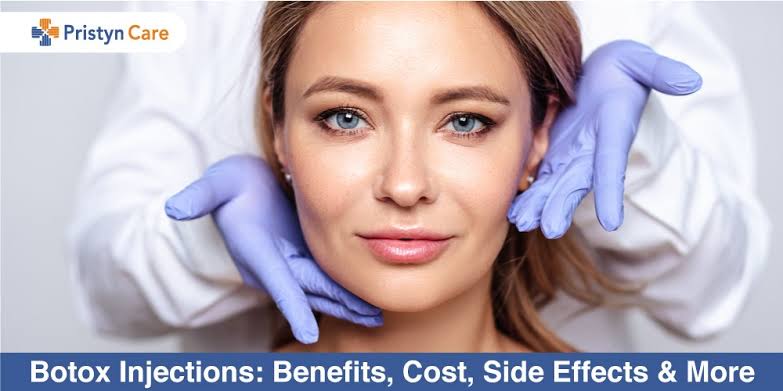
Botox, a cosmetic procedure known to get rid of wrinkles in women, can cause Hashimoto’s disease
Hashimoto’s Disease, or at least exacerbate it
Botox is an abbreviated commercial name for botulinum toxin, and the word toxin means poison….. knowing that the US Food and Drug Administration (FDA) approved botulinum toxin (type A for the treatment of frown lines) in 2002, and since then, injections have become Botox is one of the most popular cosmetic procedures.. However, there have been many concerns raised about the potential side effects of Botox.
Botulinum toxins are characterized by a high degree of toxicity. According to Toxicology, it is one of the highest levels of toxicity known to toxic substances to humans. The lethal dose is approximately 1 ng per kilogram of body weight. There are seven serologically distinct types of botulinum toxins, and Botulinum toxin A (used in cosmetics treatments) is the most potent serotype, with toxicity a million times higher than cobra venom and much higher than cyanide!
Nevertheless, the marketers of cosmetic methods have somehow decided that it is a good idea to inject Botox into our skin for purely cosmetic purposes!!
In one study, it was concluded that there is a possible pathogenetic link between the type A neurotoxin Clostridium botulinum neurotoxin A Btx and autoimmune thyroid diseases.
autoimmune thyroid diseases such as Hashimoto’s Disease and Grave’s Disease, and the study authors note that because there are so many people who unknowingly have thyroid disease, and because there are so many people who use Btx, thyroid complications may pass more often. without being detected
Special considerations for using Botox:
While there is a benefit to using botulinum for specific medical purposes (for example, it can be used to treat upper lid retraction problems associated with thyroid eye disease), we do not recommend Botox for cosmetic purposes. Strange and toxic we also put it in our bodies
Is there a specific age for Botox injections?
There is no specific age for Botox injections, as long as it is used to treat kinetic wrinkles that may appear early or late in appearance. In the sense that Botox can be injected based on the condition of the skin and wrinkles, and not depending on age. Botox results are not permanent. The muscle consumes Botox with time to gradually run out and enable the natural substance in the body (acetylcholine) to take its place again on the surface of the muscles. This takes between 4-6 months.
How long Botox lasts depends on the amount of substance injected, the size of the muscle in which the injection was made, and its location. In the muscle around the eye, the results do not last more than 4 months because it is a thin muscle and therefore the amount injected into it is small, while it continues in the suture area for up to 8 months due to the large size of the muscle that allows a larger amount to be injected.
I’m afraid that my face will sag more after the Botox effect is gone! I often hear this comment before Botox injections, and the answer is the exact opposite. Wrinkles improve after Botox injections even after its effect is gone, because the skin has been relaxed for a long time without any wrinkles= so it is a treatment and prevention at the same time.






